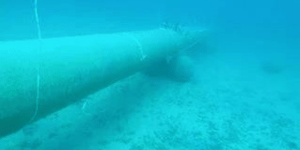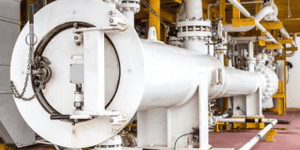1 min read
Assessment of Pipeline On-Bottom Stability to DNV-RP-E305 and DNV-RP-F109
Kate Aguilera Nov 14, 2023 9:54:40 AM

The Scope
A major operator asked us to undertake a stability analysis of a 20" trunkline to ensure the pipeline was stable. The as-built concrete coating thickness stated in the final survey report differed from the thickness given in the coating specification, therefore a re-assessment of stability was required.
The Solution
The on-bottom stability analysis was performed according to the simplified stability analysis method outlined in DNV-FP-E305 'On-Bottom Stability Design of Submarine Pipelines', the same methodology used in the original design. The design calculations showed that the worst case environmental loading was the hundred year wave and then year current combination.
Based on the concrete coating thickness recorded in the final survey report, two regions (one 3km and another 5km region) of the pipeline were found to be unstable.
For the 3km region, it was found that the as-laid water depth was greater than that used in the design. Stability was re-assessed using the revised water depth which showed the region to be stable.
For the remaining unstable 5km region, the stability analysis was re-assessed using the generalised lateral stability and absolute lateral stability methods outlined in DNV-RP-F109. This showed the region was still unstable, despite the reduction in conservatism between the design codes.
To further reduce conservatism, an OrcaFlex analysis was performed by modelling a 1km section of the pipeline and applying the hundred year significant wave and ten year current using an irregular wave analysis (JONSWAP wave spectrum), which simulated a three hour storm. This showed the pipeline was unstable using these extreme storm conditions. However, a regular wave analysis using Stokes 5th wave theory showed the pipeline as stable for waves smaller than the hundred year significant wave height combined with the ten year maximum current. Therefore, recommendations were made to investigate the condition of the unstable pipeline region.
The Benefits
By verifying pipeline stability based on the as-built concrete coating thickness against the original stability design code, DNV-RP-E305, it was possible to conservatively determine that one of the regions was stable. By further attempting to reduce conservatism through DNV-RP-F109 and an OrcaFlex model, it was found that the second region remained unstable under the three hour storm conditions.



